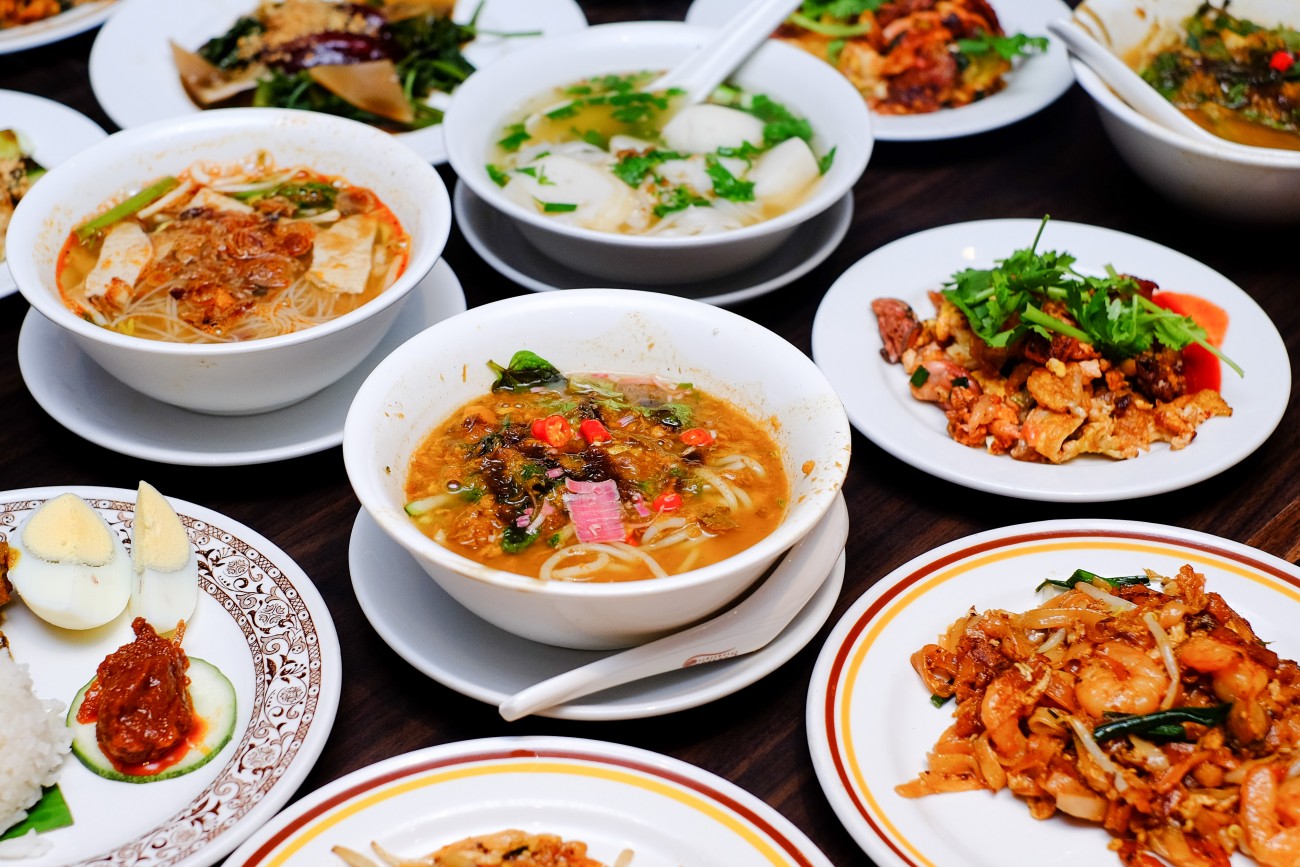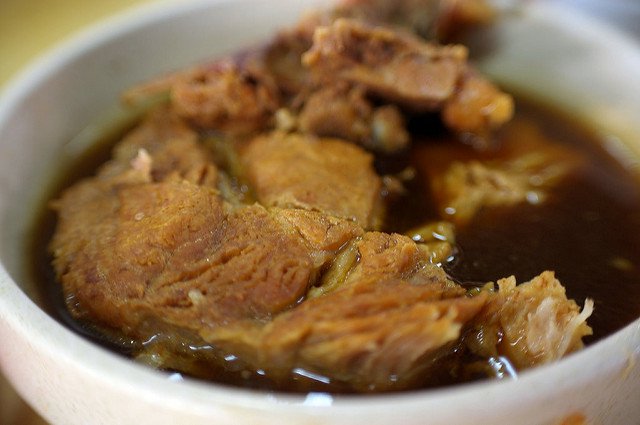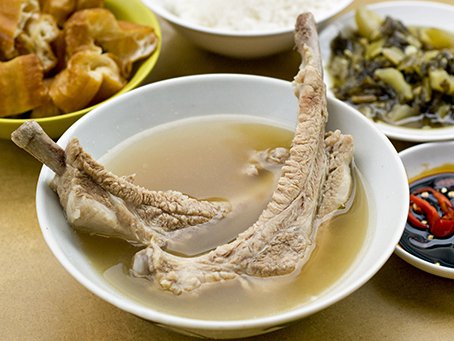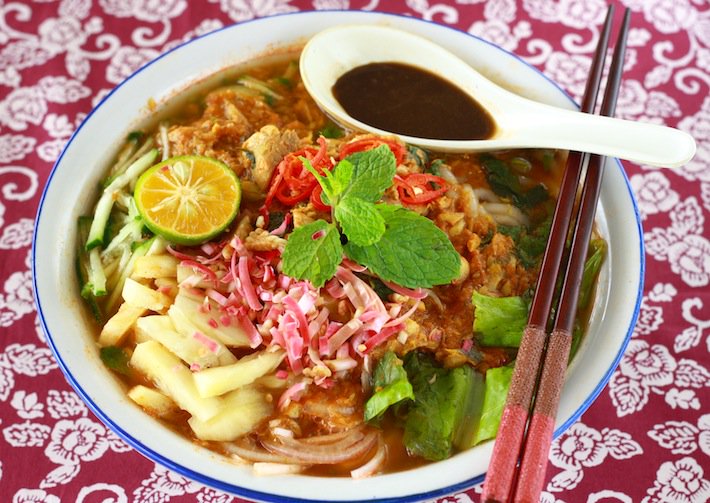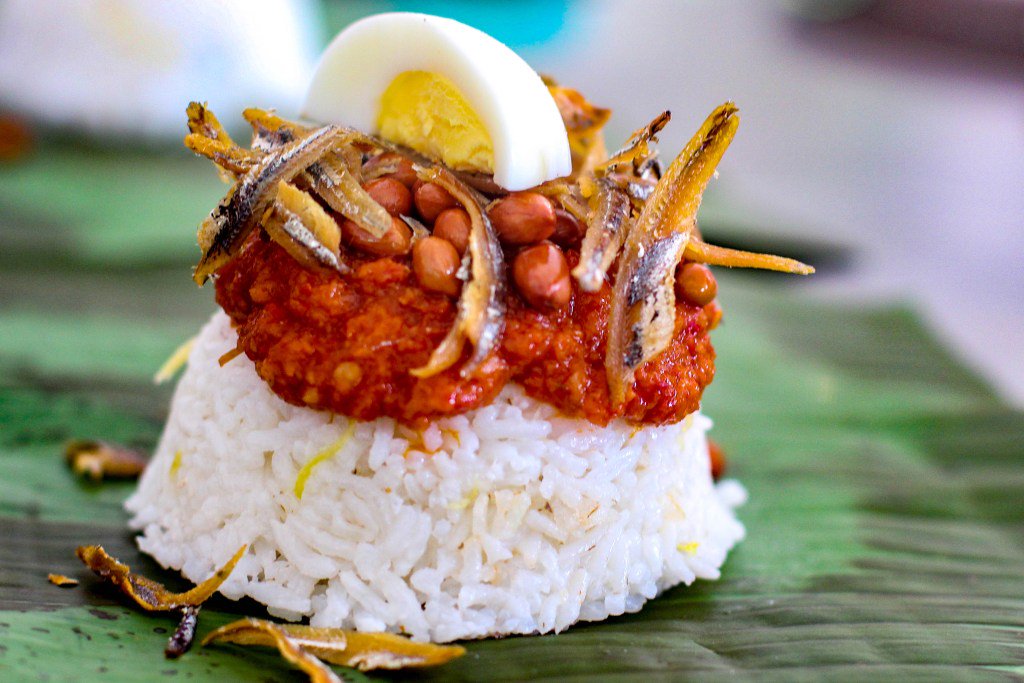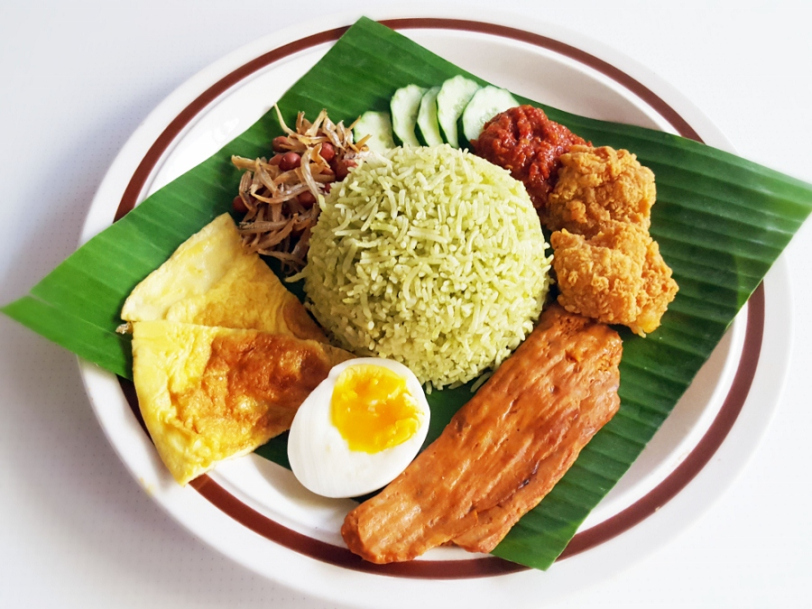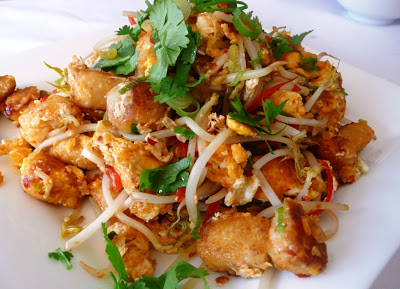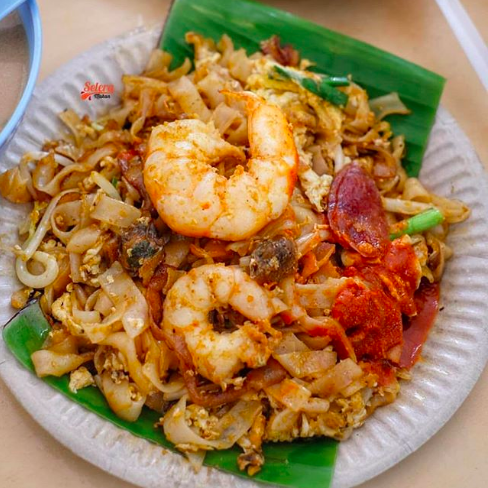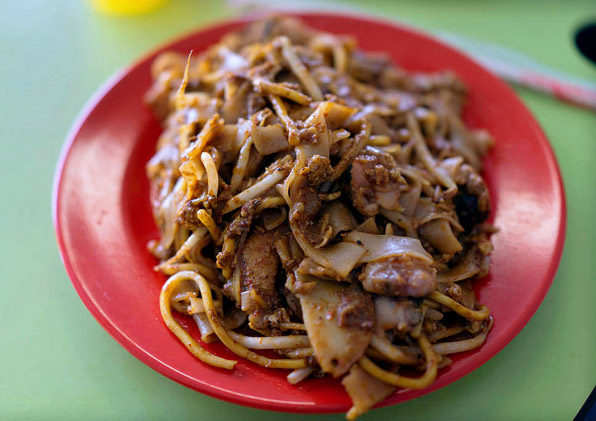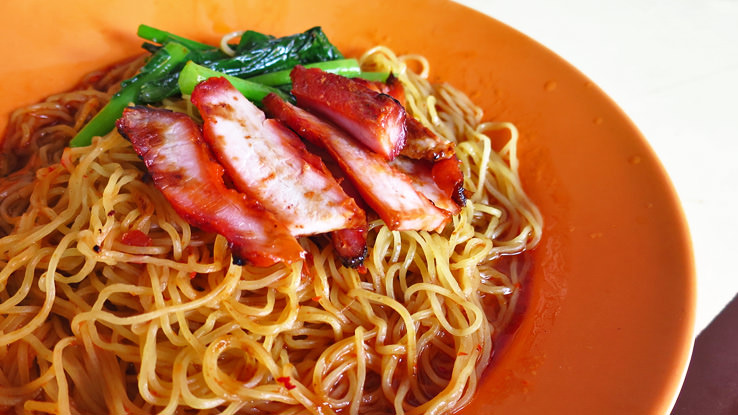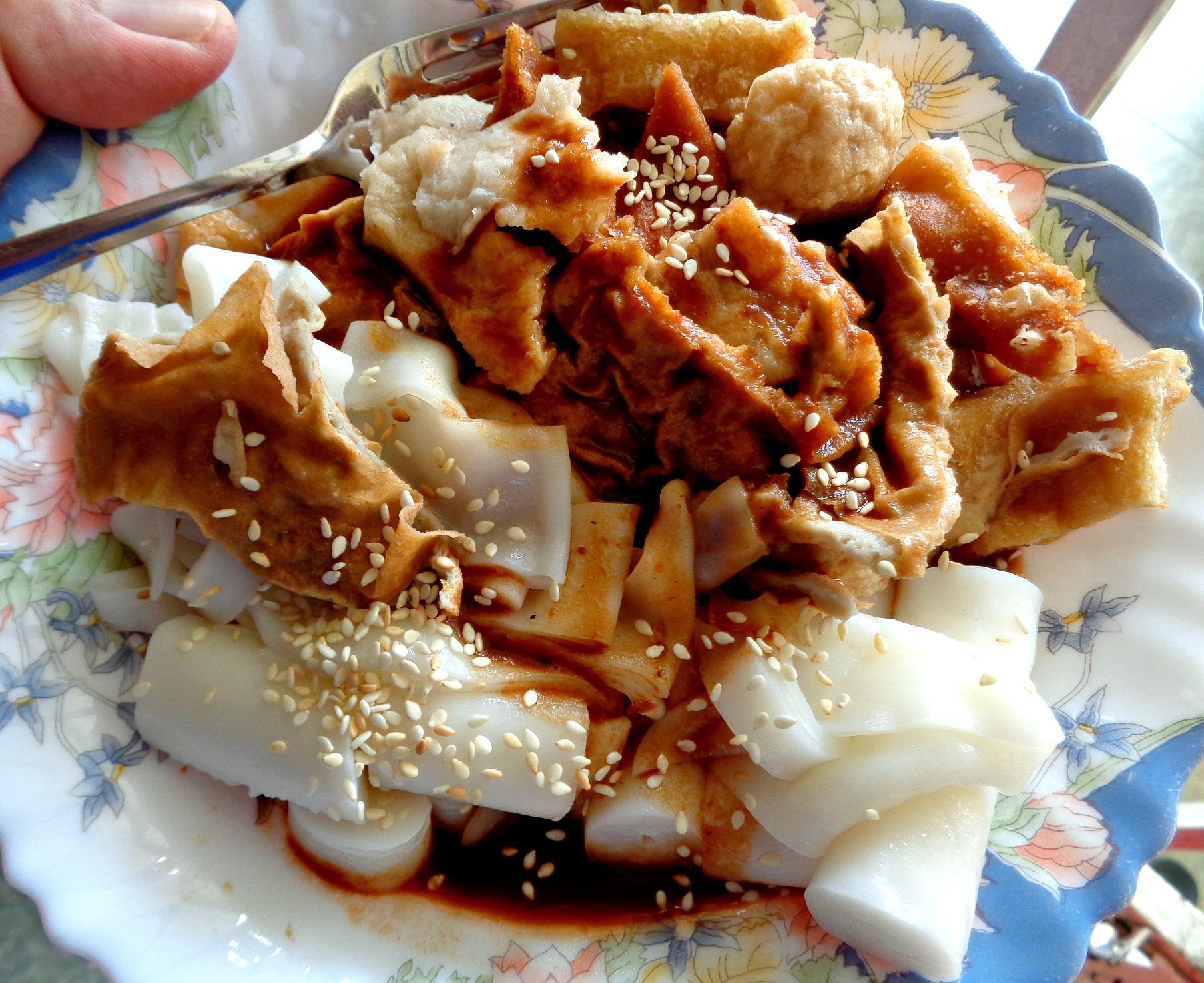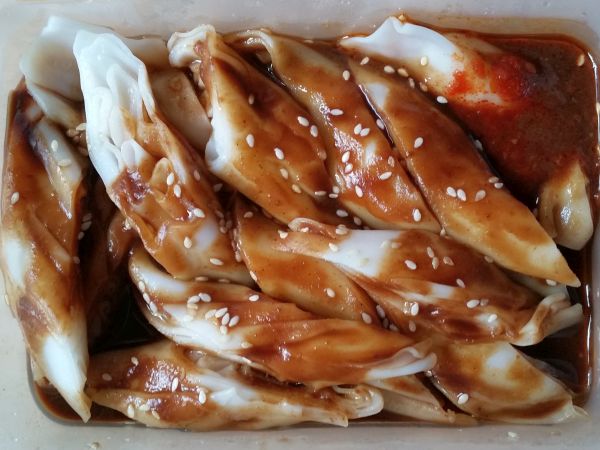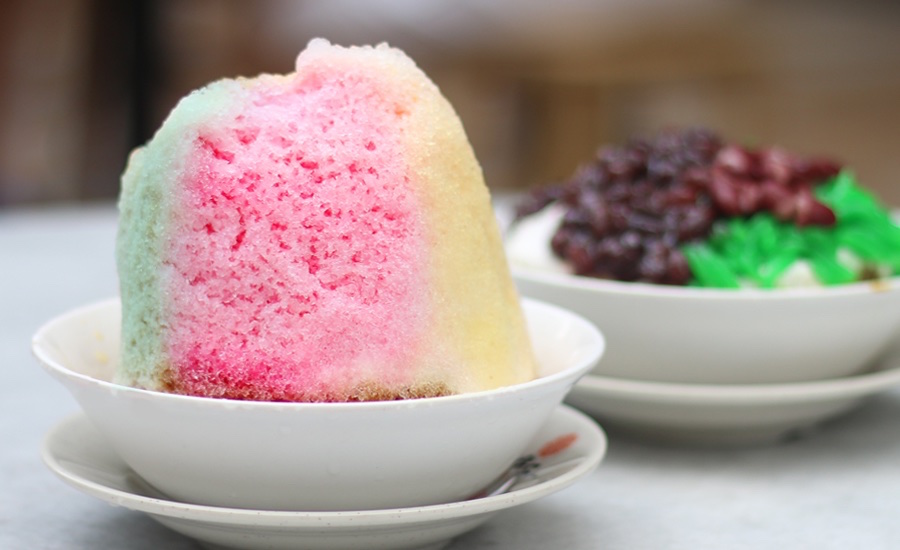Malaysia vs Singapore: 9 Hawker Foods That Look And Taste Different In Both Countries
They may share the same names, but some dishes are cooked with different styles and ingredients in Singapore!
Thanks to our shared cultures, you may find that Malaysian and Singaporean cuisines tend to overlap when it comes to classic hawker food
However, despite sharing the same name, some dishes may look, taste, and even have different cooking styles in Singapore compared to its Malaysian counterpart:
1. Bak kut teh
MALAYSIA
There are several types of bak kut teh in Malaysia based on cooking styles, but the most popular and commonly found variant has got to be Hokkien-style bak kut teh. Pork and bones are cooked in a dark and fragrant soup, which is prepared using a variety of herbs and spices as well as a mixture of light and dark soy sauce.
SINGAPORE
In Singapore, bak kut teh follows the Teochew-style of cooking by boiling pork ribs and bones in garlic and pepper, hence the light-coloured broth. Malaysians may find the Singaporean variant of bak kut teh similar to the pepper-y pork stomach soup that is commonly found in Chinese restaurants specialising in soups.
2. Hokkien Mee
MALAYSIA
Fried with dark soy sauce and lots of crispy pork lard, this variant of Hokkien Mee in Malaysia - particularly in Klang Valley - boasts plenty of wok hei and is usually stir-fried with prawns, fishcake, and bits of pork belly.
Note: In Penang, Hokkien Mee is an entirely different dish known to KL-ites as prawn mee.
SINGAPORE
Singaporean Hokkien Mee bears a slight resemblance to Penang's Hokkien Char with its light-coloured appearance. The gravy is soupy and clear, mixed into egg noodles and bihun, prawns, and squid. It is also served with a side of sambal belacan and a spritz of lime for a dash of tanginess.
3. Laksa
MALAYSIA
Thanks to our melting pot of cultures, there are several different versions of laksa in Malaysia, such as curry laksa, Sarawak laksa, Johor laksa, and Nyonya laksa.
The most popular one has got to be Penang asam laksa, with its classic sour-ish soup made with flaked mackerel (ikan kembung) and tamarind (asam). Other ingredients, namely lemongrass, galangal, chilli, are also used to make the soup, which is then poured over thick, white noodles. The dish is typically garnished with mint, pineapple slices, thinly-sliced onion, shrimp paste (hae ko), and torch ginger flower.
Often referred to as Katong laksa, Singapore's most popular laksa dish is coconut-based, sweeter, and closer to laksa lemak than other variants. The soup is flavoured with coconut milk and dried shrimp, poured over noodles that are sometimes cut into smaller pieces so that the entire dish can be eaten with a spoon alone. The dish also includes ingredients like cockles, prawns, and fishcakes.
SINGAPORE
4. Nasi lemak
MALAYSIA
The traditional version of nasi lemak in Malaysia consists of rice cooked with fresh coconut milk, sambal, fried anchovies (ikan bilis), peanuts, cucumber, and hard-boiled egg wrapped in banana leaf.
For a fuller meal, Malaysians may also opt for sides like fried egg, sambal squids, sambal fish, chicken or beef rendang, squid fritters, deep-fried chicken, fried fish, and vegetables with their nasi lemak.
SINGAPORE
Traditionally, nasi lemak in Singapore is roughly the same as the ones we have in Malaysia. However, it is said that Singapore's version of sambal is sweet and spicy.
A rather popular version of nasi lemak in Singapore also features rice that is coloured emerald green by pandan leave juice, which is said to also add flavour to the carb. It is also sometimes served with ingredients like deep-fried drumstick, chicken franks, fish cakes, curried vegetables, otak-otak, and luncheon meat.
5. Stir-fried radish cake (chai tow koay)
MALAYSIA
Also known as lo bak gou or chau gou, there are two types of the dish in Malaysia. The traditional Teochew-style variant is lighter in colour (above), stir-fried with egg, preserved chopped turnip, diced garlic, bean sprouts, spring onions, and savoury fish sauce.
Ingredients-wise, the darker version (below) is not much different from the lighter version, only that it is fried with dark soy sauce.
SINGAPORE
Like Malaysia, Singapore also has light and dark versions of the dish, though the cooking styles may be different.
The lighter-coloured dish resembles an omelette (above)more than a stir-fried dish, as it is usually cooked lightly with egg, garlic, chopped preserved turnip, and Chinese fish sauce. It is also served with a side of sambal or tangy chilli.
As for the darker version, it is cooked with dark sweet sauce, with the egg simply mixed into the cut-up radish cakes.
6. Char koay teow
MALAYSIA
Penang char koay teow. 'Nuff said.
SINGAPORE
Unlike the char koay teow we know and love, Singapore's version of char koay teow is actually a mix of flat rice noodles AND egg noodles. Much like the Malaysian version, the dish is stir-fried with fish cakes, cockles, prawns, and bean sprouts, although some hawkers may add in a sort of sweet sauce into the dish.
7. Wantan mee
MALAYSIA
A go-to classic dish for when you need a quick meal, Malaysia's version of wantan mee is typically tossed in soy sauce with pork wantan, char siu, and vegetables on the side.
SINGAPORE
While most components of wantan mee are the same in Singapore, here's one thing that Malaysians may find weird about Singapore's wantan mee - it is sometimes cooked in chilli sauce along with the usual soy sauce.
Don't worry if that's not your thing, it does come in the regular soy version as well.
8. Chee cheong fun
MALAYSIA
In Malaysia, chee cheong fun is cut into small rolls topped with sweet fermented soy sauce, chilli sauce, and sesame seeds. You can also opt to have it served with curry, sometimes topped with additional ingredients like fishballs, fu chuk, fish paste, and other fish-based products.
SINGAPORE
Similar to the Hong Kong-style of chee cheong fun, Singaporean chee cheong fun is rolled up and steamed with thicker sheets and no fillings. They are usually topped with hoisin sauce, chilli sauce, and toasted sesame seeds.
9. Ais kacang
MALAYSIA
A simple and refreshing treat for sunny days in Malaysia, ais kacang is made by first piling shaved ice into a bowl. Red and brown sugar syrup is then poured over the mountain of shaved ice, before the concoction is topped with kidney beans, red beans, attap chee, corn, grass jelly, and occasionally, a scoop of vanilla ice cream.
SINGAPORE
Believed to have evolved from traditional ice balls, the shaved ice in Singapore's ais kacang is drizzled with multi-coloured syrup. Unlike the Malaysian version, the toppings are put into the bowl before shaved ice is piled on top of the ingredients.
What other Malaysian dishes did you discover were different in Singapore? Let us know in the comments section below!
Check out our SAYS Makan Guide for more yummy places to eat and Like our new SAYS Makan Facebook if you’re a big foodie like us!
